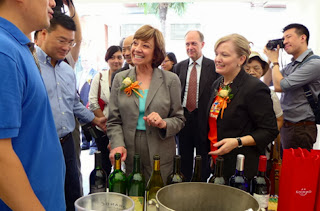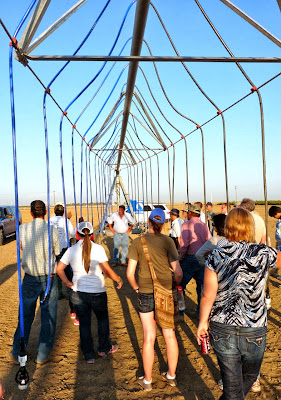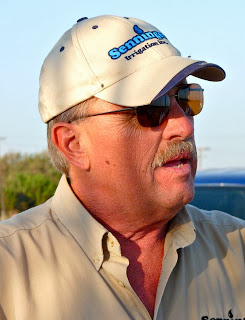CDFA’S TRADE MISSION FINDS VIETNAM EAGER TO COOPERATE
Vietnam Holds Great Prospects for California
TODAY, CDFA Secretary Karen Ross issued the following summary of the Vietnam segment of CDFA’s Asian trade mission:
 |
| CDFA Secretary Karen Ross (fourth from right) at a trade meeting in Vietnam. Richard Matoian of the American Pistachio Growers is two spots to her right |
















